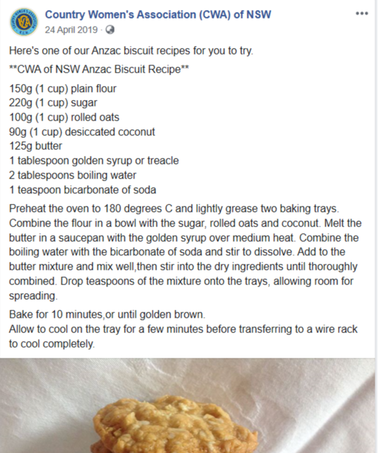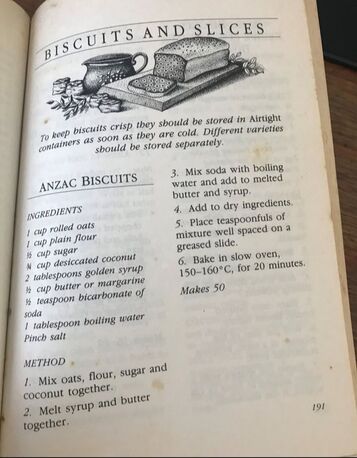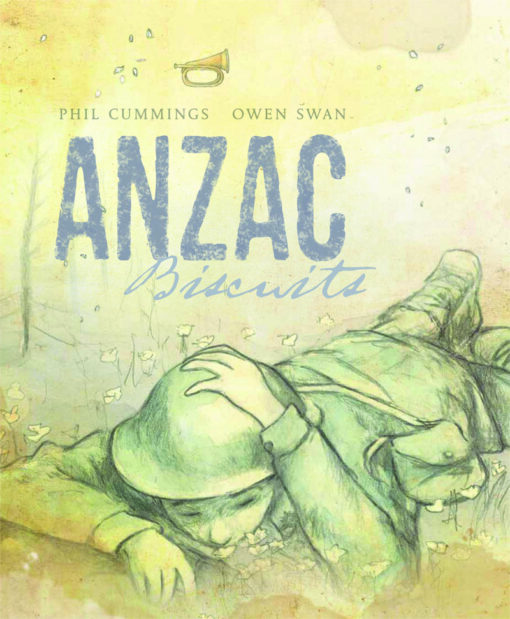
Read this beautiful story then imagine the mother and daughter
baking in the kitchen.
What does it:
- look like
- sound like
- feel like
Imagine the dad in the war.
What does it:
- look like
- sound like
- feel like
You might like to print this Y chart to write on – or create your own page to record your thoughts and ideas.
Vocabulary:
Do you know the meaning of these words used in the story? Look them up in a dictionary or ask an adult.
quaked
treacle
trench
trudged
red gum
ANZAC Stories
Stories help us to understand the importance of ANZAC Day. Look on your bookshelf and in our online Library (https://soraapp.com/home) to find these and more:
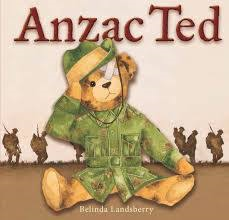
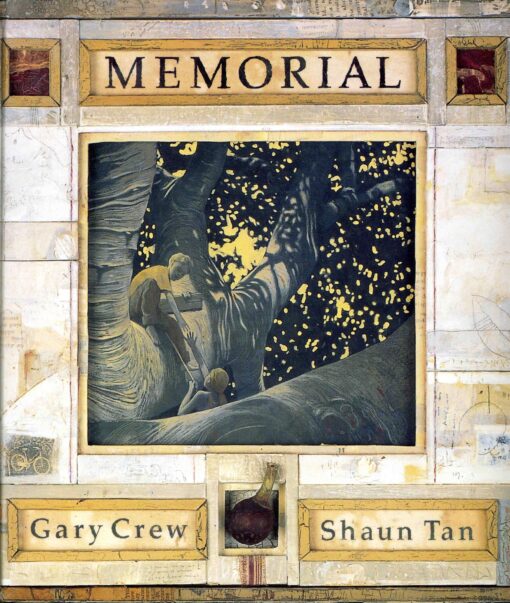
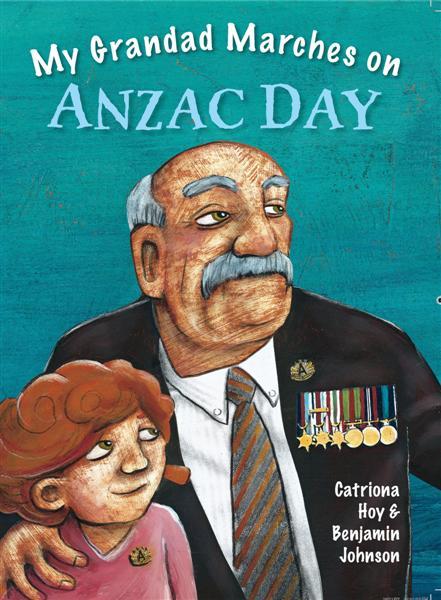
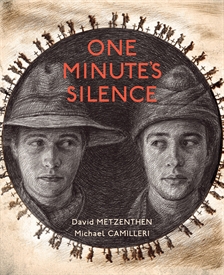
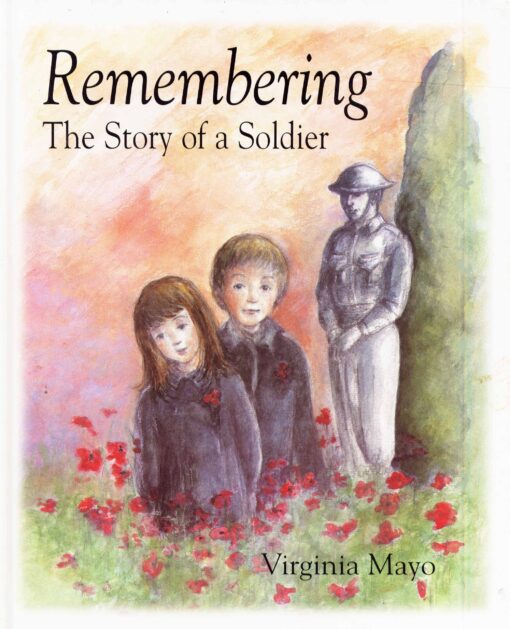
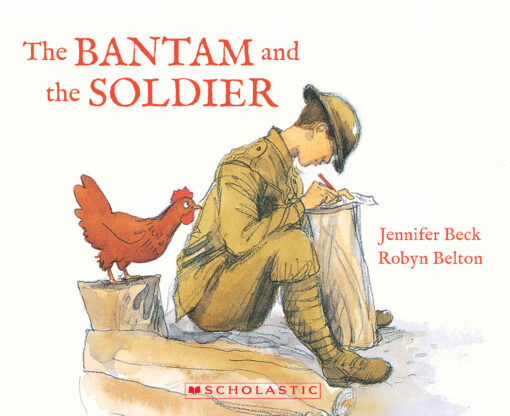
Fact Finding: Visit each ‘source of information’ listed below to find the answers for the questions. You may complete your own extra research on ANZAC Day. Other sources of information include books, videos and images, and chatting to people. Remember to include your ‘source of information’ when you record your facts.
Source of Information 1:
The ANZAC Connection – https://anzacday.org.au/part-1-australia-and-new-zealand-the-anzac-connection
Questions:
What does ANZAC stand for?
Why did New Zealand and Australia support each other in the war?
Source of Information 2:
ANZAC Day –https://anzacday.org.au/part-4-anzac-day
Questions:
When is ANZAC Day?
Why was ANZAC Day introduced?
What might people do on ANZAC Day to remember the soldiers?
Source of Information 3:
Medals – https://anzacday.org.au/m-is-for-medals
Questions:
Why are people awarded medals during war?
Name one medal and search for more information
about that medal.
Source of Information 4:
Kids Media – ANZAC Day Fact Sheet
Task:
Mind map interesting facts from this document.
Be Creative:
Visit https://www.bensound.com/ and select a piece of music that best represents how you feel about ANZAC Day.
Poppies are a symbol of commemoration.
On ANZAC Day flowers and wreaths of red poppies are laid at the bottom of war memorials as a way of saying we have remembered these brave people. A war memorial is a place that honours all those who have died in wars.
Watch the video to learn more about the poppy as a symbol of commemoration (https://youtu.be/MM8QME9ePi4).
Paint Bottle Cap Poppies!
Use green water colour to paint a field and stems. Next, dip a bottle top lid into red paint and ‘stamp’ red circles to represent the petals. Use a brush and black paint to make the centre of each poppy.
Detailed instructions for parents and teachers: https://www.danyabanya.com/poppy-field-art-commemorate-anzac-remembrance-day/
Visit https://anzacportal.dva.gov.au/commemoration/event-planning/poppies to discover another way to make poppies.
Can you design and make a poppy using different materials? Add your ideas to your class OneNote.
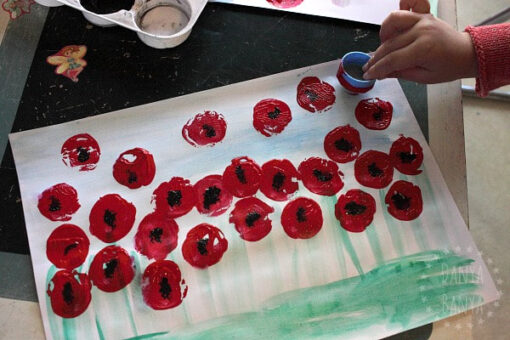
Time to Cook!
The soldiers ate biscuits called hardtack. You needed very strong teeth to eat them. Learn about hardtack and how to make it at https://www.awm.gov.au/learn/schools/resources/hard-tack
Today we enjoy a much nicer biscuit called ANZAC biscuits.
Rachel and her mum enjoyed making ANZAC biscuits in the story. You might like to try making some. I have included two recipes. One from the Country Women’s Association ( They are VERY good cooks) and the recipe I like to use which is from the Commonsense Cookery Book (Edited by the Trustees of the NSW Cookery Teachers’ Scholarship Fund). My book is a bit messy – I think I dropped too many crumbs on the page!
Notice how the ingredients are similar but the amount used is sometimes different. Compare these recipes to one that you have in a cookbook at your home.
